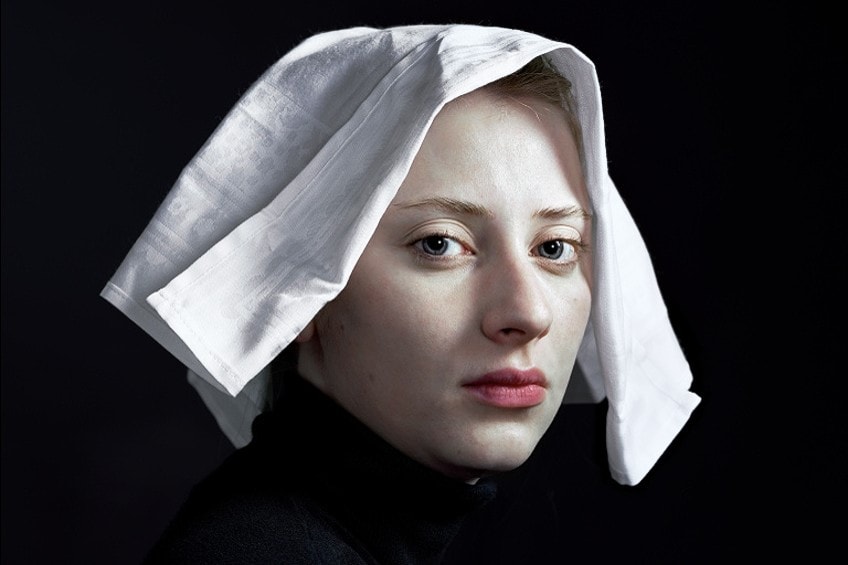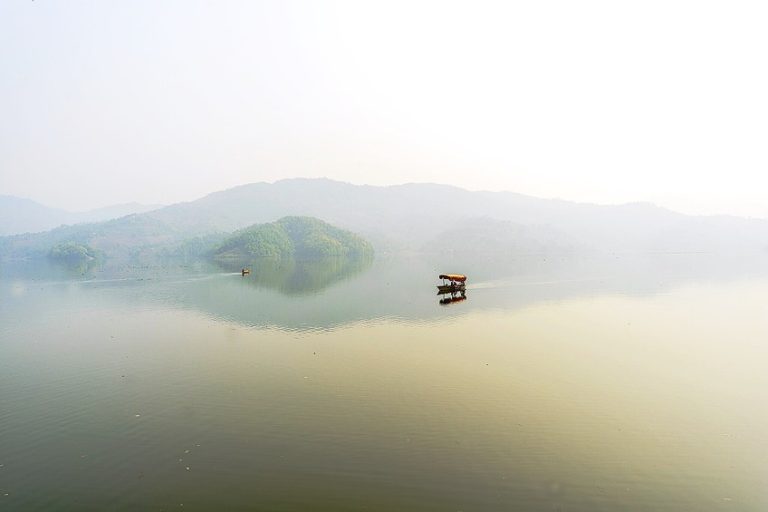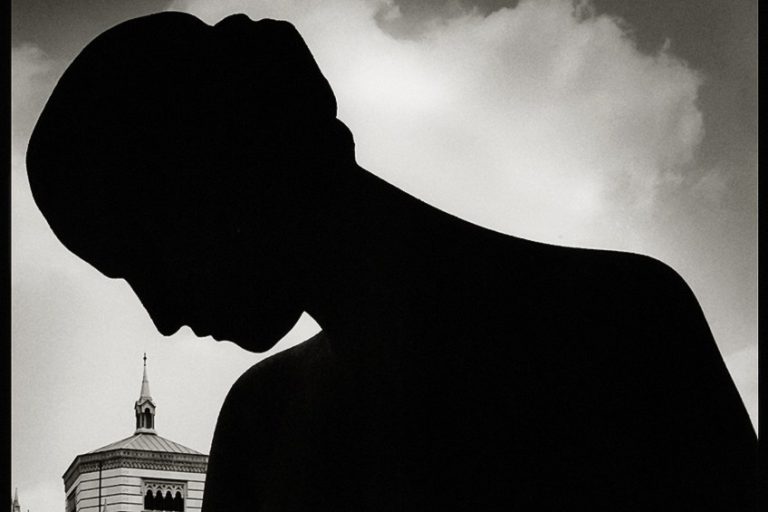What Is Contemporary Photography? – Modern Art Photography
What is Contemporary photography and how does it differ from Modern art photography? Whereas Modern art photography refers to a specific period and genre, Contemporary photography artists are not defined by a particular genre, but rather by the fact that they are still alive and producing at present. In this article, we shall explore the history of Contemporary photographers as well as examples of Contemporary photography.
What Is Contemporary Photography?
The terms Contemporary and modern are frequently used interchangeably to indicate anything fresh or current. Nevertheless, when it comes to art, Contemporary and modern are not synonymous. Modern photography refers to an era in the very first half of the last century when photographers moved away from more conventional methods.
The Modernist art era ended in the 1960s, and photographic artworks made after that time are classified as Contemporary photography.
In the art world, Contemporary photographers produce art in the current period. Contemporary photography artists are typically still living and working actively. As a result, Contemporary photography might be defined as an image taken in our lifetime. Contemporary photography is distinct from images made many years ago, or even only 50 years ago in the Modernist era.
What Defines Contemporary Photography?
Unlike many previous art trends, Contemporary art lacks a clearly defined time or unifying aesthetic. The perception of what constitutes Contemporary photography is always developing from a single point in time. What we consider Contemporary photographs today may not be considered such in a few decades.
While there is no typical style or all-encompassing philosophy in Contemporary photography, its utilization of technology will most certainly determine it in the future.
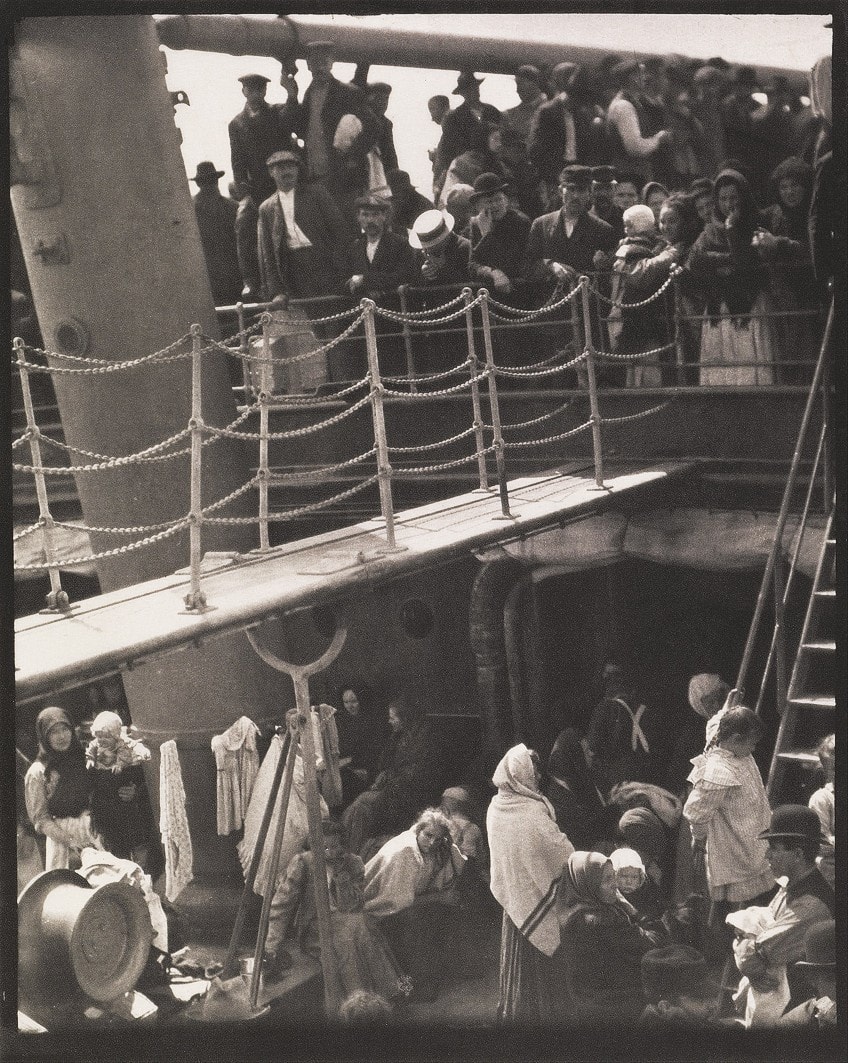
Over the last decade, improvements in digital photography and editing have been significantly more sophisticated than those offered available in the period of Modern art photography. Because of the fast improvement of photography technology, smartphones and even watches can now capture images.
Digital editing software has reshaped the work of the modern photographer and ushered in a new era of picture alteration.
Contemporary Photography as an Art Form
When photography was initially invented, it was viewed as a threat to the art while also being excluded from it. Photography has taken nearly a century to be completely acknowledged and appreciated as a sort of Contemporary fine art.
For many years, photography was kept on the periphery of the modern art world.

Photography is increasingly regarded as a fundamental aspect of modern art. Both modern and Contemporary photography is regularly shown and displayed at art galleries and museums. For many photographers, though, the route to acceptance was not easy.
History of Contemporary Photography Artists
In comparison to other artistic mediums, photography has a comparatively brief history. Since the discovery of photography less than 200 years ago, there have been three key trends. In 1826, the first photograph was taken.
Early images were more scientific in character, with the photographer experimenting with new technologies.

It took decades for creatives to begin experimenting artistically with photography. The word vintage photography relates to the first aesthetic photographic forms. When photography blossomed between the late 1800s and the 1960s, it was shortly followed by the Modernist movement.
Contemporary photography came after the Modernist era. There are presently no bookends that characterize an era of modern art from beginning to conclusion.
Examples of Contemporary Photography Artists
The photography medium has been changed and molded over the last few decades by new developing technology as well as new and inventive forms. The emergence of Color Photography, which has closer equal to reality itself, may have been the most significant shift in this regard.
With digital modification and development, we have seen yet another significant revolution in creative photography.
These advancements are frequently used by Contemporary photographers to give new views on conventional topics and settings. Almost all photographers considered significant in the last 50 years or so are frequently referred to as Contemporary photographers. But there’s more to it than that. Contemporary photography artists are frequently associated with the Fine Art sector.
Jeff Wall (1946 – Present)
| Nationality | Canadian |
| Date of Birth | 29 September 1946 |
| Place of Birth | Vancouver, Canada |
| Notable Work | Pair of Interiors (2018) |
Jeff Wall’s work has contributed to the definition of so-called photo-conceptualism. His photos are frequently meticulously organized, down to the last detail, like a scene in a movie. He constantly carefully considers his compositions or takes inspiration from master artists like Édouard Manet.
Many of his photographs are quite sizable transparencies set up in lightboxes.
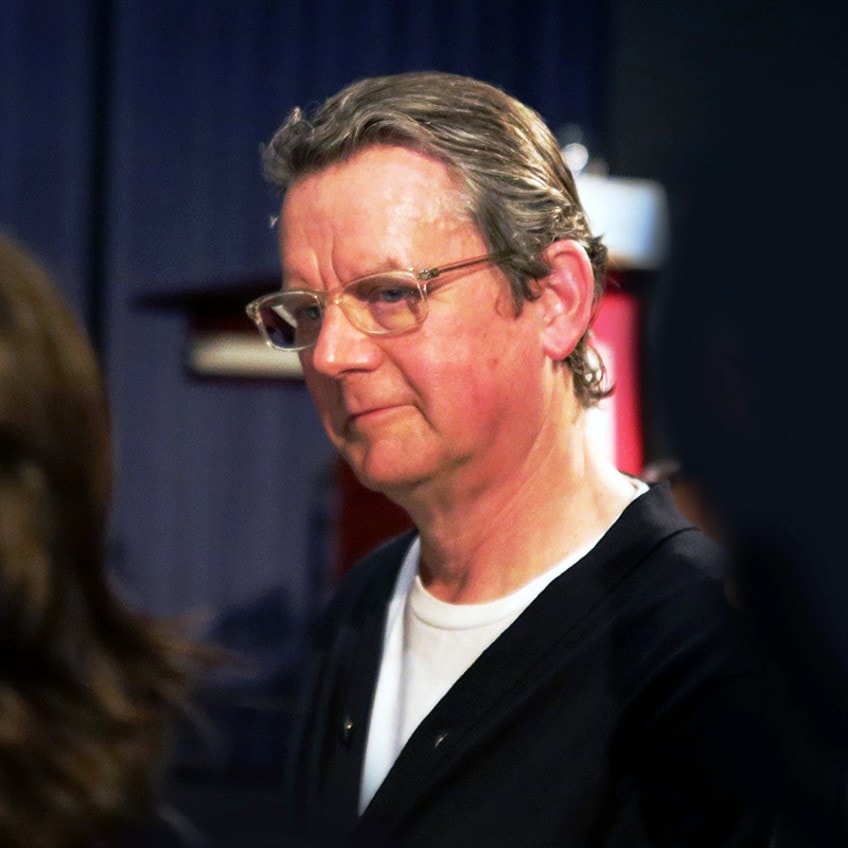
He claims that while traveling by bus from Spain to London, the concept of displaying pictures in this manner struck him after he saw a sizable advertisement set on a lightbox at a bus stop. His paintings mostly focus on social and political issues such as racial inequality, unemployment, urban violence, and confrontations between classes and genders.
His photographs frequently feature scenarios that appear regular and commonplace yet are manufactured.
Hiroshi Sugimoto (1948 – Present)
| Nationality | Japanese |
| Date of Birth | 23 February 1946 |
| Place of Birth | Tokyo, Japan |
| Notable Work | Constructing Worlds (2015) |
Since his images act as time capsules for several historical events, Hiroshi Sugimoto has referred to his own creative output as an “expression of time exposed.” His artwork focuses on such universal themes as the struggles between life and death and the fleeting nature of human existence.
Since he follows a very structured process of working in series, his work is immediately identifiable as chapters.

Since the 1970s, Sugimoto has primarily worked as a photographer. More recently, he has incorporated architectural and performing arts production into his interdisciplinary practice, which engages with history and temporal existence through examining issues of time, empiricism, and metaphysics.
His work has investigated the manner in which photography may capture the imprints of imperceptible yet fundamental forces. It is rooted in the technical prowess of the classical photographic heritage.
Annie Leibovitz (1949 – Present)
| Nationality | American |
| Date of Birth | 2 October 1949 |
| Place of Birth | Waterbury, Connecticut |
| Notable Work | Disney Dream Portraits (2011) |
Annie Leibovitz is a well-known American photographer who specializes in captivating and dramatic celebrity pictures. Her photos represent intimate or orchestrated moments that highlight the whimsical and expressive elements of her sitters. She is skilled at portraying her subjects’ personalities and inner lives. “I don’t believe there is such a thing as objectivity,” she once declared. “Everyone has an opinion. Some call it flair, but what we’re truly talking about is a photograph’s innards. When you believe in your own point of view, you begin capturing photographs.”
She started to work as a commercial photographer for “Rolling Stone” magazine in 1970 and quickly became the publication’s first female lead photographer.

Leibovitz is well-known for her celebrity pictures, including the last photograph of Yoko Ono and John Lennon before his murder in 1980. She was the first woman to hold a solo show at the National Portrait Gallery in 1991.
The photographer wrote and released “Annie Leibovitz at Work” in 2008, which details how some of her most memorable photos came to be.
Didier Massard (1953 – Present)
| Nationality | French |
| Date of Birth | 4 September 1953 |
| Place of Birth | Paris, France |
| Notable Work | Cactus Massard (2014) |
One master of creativity in the field of fake pictures is Didier Massard. He was raised in Paris, where he graduated from the University of Paris in 1975. He worked as a still photographer for customers in the fashion and beauty industries for 25 years, taking pictures for brands like Chanel and Hermes, among others. With the conclusion of his series Imaginary Journeys, a work that took him more than 10 years to complete, he officially began his artistic career.
He now only works on personal projects, and while doing so, he draws on our collective sentimental and touristy concepts of country and location to create his works.
In his workshop, he has fashioned a variety of exotic settings that resemble China, India, Ireland, Holland, and the Normandy cliffs. Each of these tableaux takes a lot of Massard’s time to complete, and he muses that “each image is the end of an interior mental voyage.” One’s ability to suspend disbelief when viewing Magic Realist paintings, in particular, is a testament to Massard’s expertise.
In his work, color, space, and meticulous detail combine to produce a feeling of illusion and artificialness that is more typical of painting.
Cindy Sherman (1954 – Present)
| Nationality | American |
| Date of Birth | 1954 |
| Place of Birth | New Jersey, United States |
| Notable Work | Untitled #96 (1981) |
Cindy Sherman’s work was swiftly welcomed in the early 1980s and positioned within the present feminist criticism of patriarchy, among arguments about authorship and the function of originality, the nature of the photograph, and the rising commercialization of art.
Sherman’s fame was cemented early on with her “Untitled Film Stills”, a series of black-and-white pictures from the late 1970s in which the photographer dressed up as clichéd B-movie women.
Sherman was ever there in shot after photograph, but never truly present—her quick adaption of a variety of personae accentuating the masquerade of identification. The conventional contradiction between creator and image, object and subject, which had been conceptualized by cinema critics in terms of spectacle and its gendered conventions of viewing the world, was upset by her occupation of the spaces on both sides of the lens.
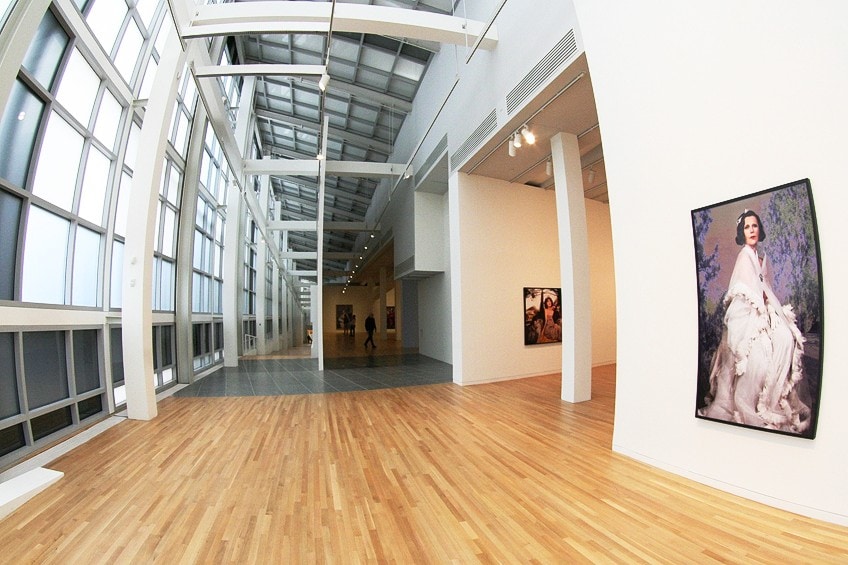
If the Untitled Film Stills sparked discussion about how women are portrayed in media, Sherman’s pictures from the middle of the 1980s helped to keep this conversation going. Sherman eventually abandoned depictions of women as she felt shoehorned by the feminist debate that surrounded her art.
She frequently eliminated herself from the frame and shifted toward more strange and obscene images.
Andreas Gursky (1955 – Present)
| Nationality | German |
| Date of Birth | 1955 |
| Place of Birth | Leipzig, Germany |
| Notable Work | 99 Cent (2001) |
Andreas Gursky is a prominent photographer who employs vivid, large-scale pictures of modern life. He was born in 1955 in Leipzig, Germany. Through innovative staging and digital picture processing, he symbolizes a reassessment of reality within modern photography. He lives and works in Düsseldorf, Germany. The German photographer popularized photography by focusing on everyday human activities such as trade, sport, and leisure.
His hallmark photographs depict vast formats of stock markets, ports, music venues, race courses, and other places where people congregate.
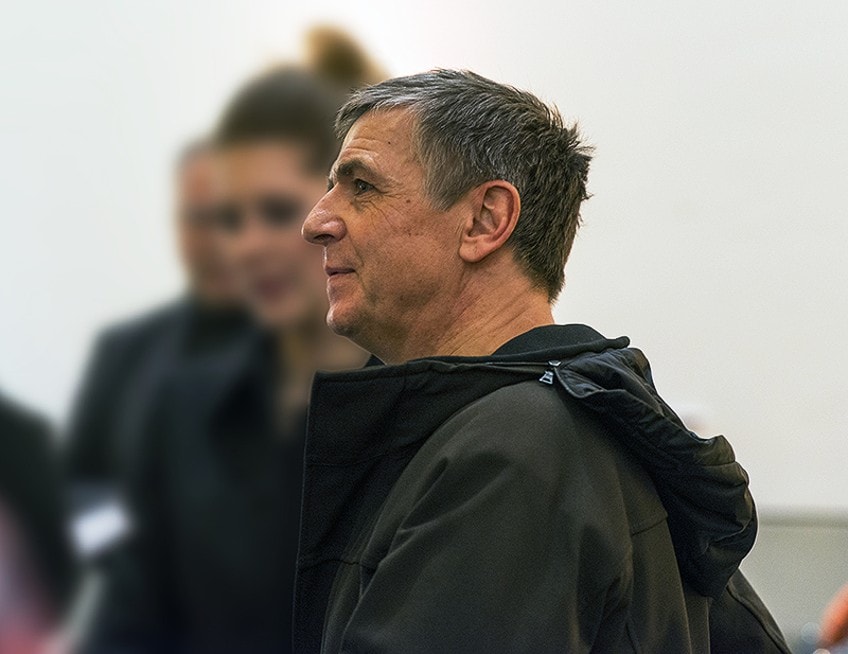
The point of angle is often increased to cover as much ground as feasible. Gursky’s work spans architectural photography, landscapes, interiors, and enormous events with vast crowds, such as The Mass Games in North Korea or his famous series of images of stock markets throughout the world. In doing so, he addresses facets of modern life such as work, commerce, and social activities. Gursky was a pioneer in big-format photography.
He began printing on professional photography paper by the 1980s, utilizing the biggest print paper available. To make the photographs even larger, he blended print materials.
Hendrik Kerstens (1956 – Present)
| Nationality | Dutch |
| Date of Birth | 1956 |
| Place of Birth | The Hague, Netherlands |
| Notable Work | Blue Turban (2015) |
Hendrik Kerstens has been photographing his daughter Paula in understated, stylized poses for more than 20 years. When Kerstens decided to focus solely on photography in 1995, he resigned from his position in the business. His early photographs highlighted the reflective times he spent watching for his daughter while his wife was at work.
Paula was first shown by Kerstens in compositions that were reimagined versions of Dutch Old Master portraits as she got older.
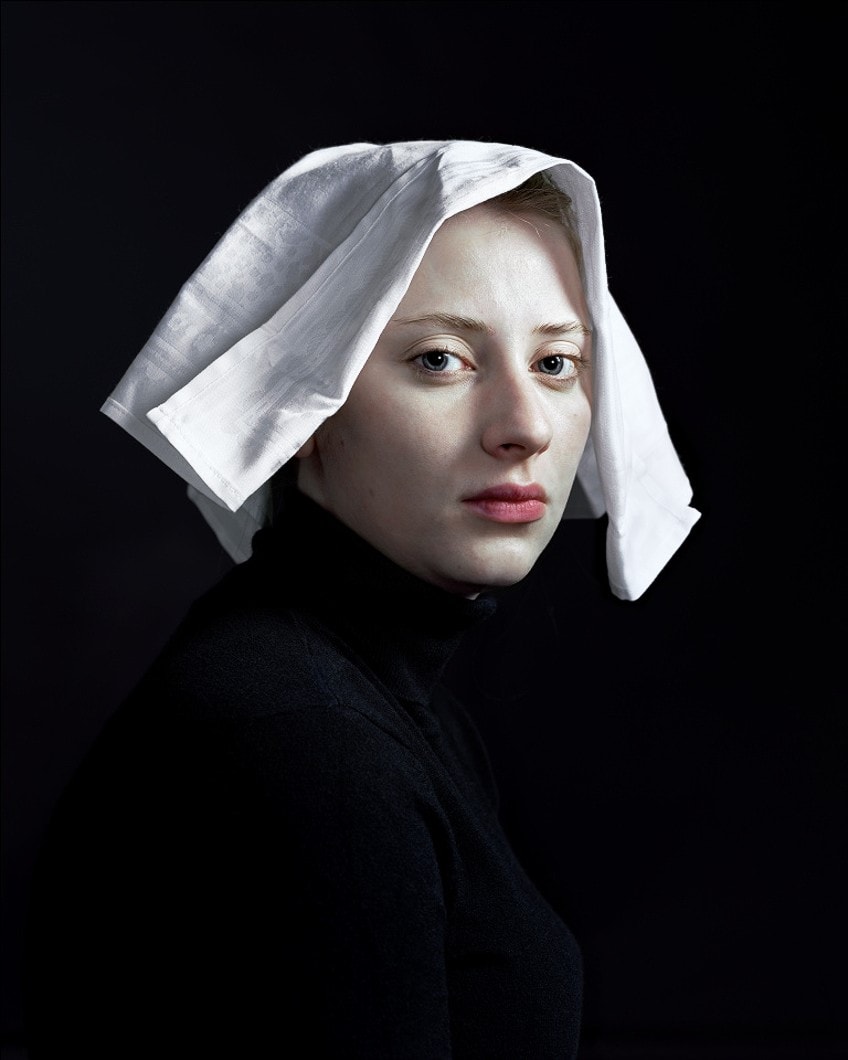
For photographs that allude to Johannes Vermeer’s paintings and Sally Mann’s family portrait series, she dressed in costume in front of ominous backgrounds. Kerstens has held exhibitions in Brussels, Amsterdam, New York, London, Paris, and San Francisco.
Gregory Crewdson (1962 – Present)
| Nationality | American |
| Date of Birth | 1962 |
| Place of Birth | Brooklyn, New York |
| Notable Work | Untitled #14 (2009) |
The art of Gregory Crewdson will be familiar to you if you’ve ever felt that some photographs needed the logic of a movie scene. His art has gained recognition for being likened to something from a science fiction movie.
The longing expressions on his subjects’ faces are a recurring theme in his photographs.

They have even been described as nothing more than playing pieces in the broader theater game he has created in his images. Each of his images is a lavish set with intricate theatrical lighting that entices the audience into a story that, as plausible as it may appear to be, may not even be true.
Crewdson organizes the personnel and logistics for his images as if they were cinematographic productions.
Chris McCaw (1971 – Present)
| Nationality | American |
| Date of Birth | 1971 |
| Place of Birth | California, United States |
| Notable Work | Sunburned GSP #1026 (2019) |
Chris McCaw is an American photographer who specializes in unusual subjects. He eventually prints the final findings using the platinum palladium technique. Like so many photographers, he began doing something very different from what he is now recognized for. He uses an unusual approach to capture long exposures of vistas and skyscapes.
“Sunburned” is both an exquisite and brutal statement within Contemporary Photography.
He’s been pushing the boundaries of analog photographing with Sunburned. He takes his images with handmade huge big format cameras, and some of his lengthy exposures have lasted up to 24 hours. One of the issues with photography’s acceptability in the Fine Art industry is that photos may be duplicated numerous times using the negative or digital file. That criticism does not apply to Chris’s photographs because each one is absolutely distinct.
In this article, we covered the difference between modern art photography and examples of Contemporary photography. The fundamental reason photographers chose 1980 as the beginning of Contemporary art is that photography took a new direction in that year. People began to see art as a medium for self-expression rather than exploration. Whatever label you give it, modern art is the ideal medium for documenting history and capturing the present. All work made since 1970 fits within the historical definition of Contemporary, however not all is deemed significant or valuable in the world of art.
Take a look at our Contemporary photography webstory here!
Frequently Asked Questions
What Is Contemporary Photography?
Contemporary art, unlike many earlier art fads, lacks a clearly defined chronology or unifying style. What defines modern photography is continually evolving from a particular moment in time. What we assume to be current photography now may not be so in a few decades. While there is no universal style or overarching philosophy in modern photography, its use of technology will undoubtedly shape it in the future.
When Did Contemporary Photography Artists Emerge?
Photography has a very recent history when compared to other forms of art. Three major patterns have emerged since photography was invented, which was less than 200 years ago. The first photograph was made in 1826. Early photographs had a more scientific tone since the photographer was experimenting with cutting-edge equipment. It took a long time for artists to start experimenting with photography. Vintage photography refers to the earliest art forms of photography. Between the late 1800s and the 1960s, the Modernist style emerged quickly with the growth of photography. Modernist photography was followed by Contemporary photography.
Jordan Anthony is a film photographer, curator, and arts writer based in Cape Town, South Africa. Anthony schooled in Durban and graduated from the University of the Witwatersrand, Johannesburg, with a Bachelor of Art in Fine Arts. During her studies, she explored additional electives in archaeology and psychology, while focusing on themes such as healing, identity, dreams, and intuitive creation in her Contemporary art practice. She has since worked and collaborated with various professionals in the local art industry, including the KZNSA Gallery in Durban (with Strauss & Co.), Turbine Art Fair (via overheard in the gallery), and the Wits Art Museum.
Anthony’s interests include subjects and themes related to philosophy, memory, and esotericism. Her personal photography archive traces her exploration of film through abstract manipulations of color, portraiture, candid photography, and urban landscapes. Her favorite art movements include Surrealism and Fluxus, as well as art produced by ancient civilizations. Anthony’s earliest encounters with art began in childhood with a book on Salvador Dalí and imagery from old recipe books, medical books, and religious literature. She also enjoys the allure of found objects, brown noise, and constellations.
Learn more about Jordan Anthony and the Art in Context Team.
Cite this Article
Jordan, Anthony, “What Is Contemporary Photography? – Modern Art Photography.” Art in Context. August 22, 2022. URL: https://artincontext.org/what-is-contemporary-photography/
Anthony, J. (2022, 22 August). What Is Contemporary Photography? – Modern Art Photography. Art in Context. https://artincontext.org/what-is-contemporary-photography/
Anthony, Jordan. “What Is Contemporary Photography? – Modern Art Photography.” Art in Context, August 22, 2022. https://artincontext.org/what-is-contemporary-photography/.


